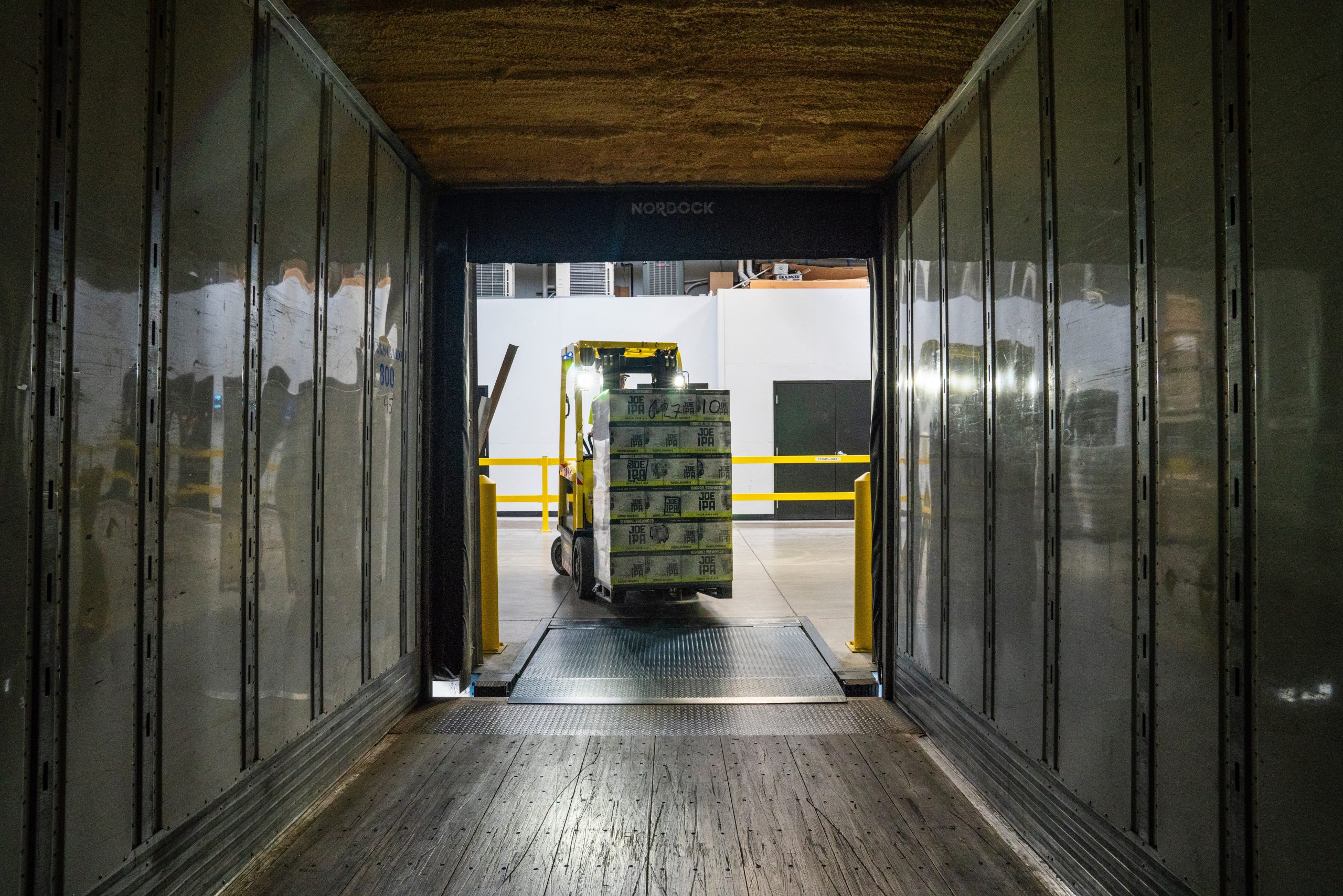Supply Chain Network Design Models
Supply Chain Network Design, also referred as network modeling, is a mathematical model of the Supply Chain. The model needs to be solved with optimization techniques to choose the best solution in a specific scenario.
This result will give the optimal location of facilities (plants, warehouses and so on) and will also determine the optimal flow of products. So, a design model is necessary to take the most of your network structure.
But what’s Supply Chain Network Model?
Basically, they are a useful class of models that can be used to decide multiple decisions on a supply chain. Two simple yet efficient examples are The Transportation Problem and Transshipment Problem.
Both try to minimize costs for a given period, they do that by finding the number of units to be transported to fulfill demand while meeting capacity constraints.
A limitation of those models is that they are limited to variable costs for arc, that means, transport costs per unit. The cost of the whole structure is often more complex.
Also, they act in a deterministic demand, when you know perfectly what the demand will be for the entire period. Finally, they assume only one commodity, as if all plants produced perfectly substitutable goods.
Basic Terminology
There’s a couple of concepts that are often utilized when talking about network, we’ll present what they each of the main ones are:
- Node or Vertices: a point, a location in the supply chain; it may be a facility, DC, plant, or a region.
- Arc or Edge: the road that links two points. It may also be different kinds of flows, depending on what the trajectory of a item is.
- Network or Graph: the whole system, a collection of nodes and arcs.
Facilty Location Models
After establishing how the model works, you need to investigate more practical questions. Such as a review on where the facility will be if only one is necessary.
Or figure out how many and which facilities to use, given a expected quantity of points and how to incorporate level of service constraints on the models.
If you decide for a single facility, the important thing is to consider all points in the space and search for the optimal location. An intuitive method may find the optimal location, but there are problems.
For instance, it doesn’t minimize transportation costs, or it may reveal a place with a lack of infrastructure, high construction costs and difficulties of getting permits.
This is the center of gravity method, where the point is a contrast in coordinates x and y. A better option is the Weber Method, where the weight of distances on coordinates is minimize in function of the demand in each node.
Supply Chain Network Design
The network design is a combination of the optimization and facility locations models. The first step is building a model to collect data and then, discover the costs and capacities associated with inbound and outbound transportation.
With a Network Model, transportation costs are linear in volumes. Of course, that’s not always the case because there are many variables involved.
However, it’s necessary, to build a model, finding a linear approximation that is at least close to the optimal. There’s a couple of methods to do that:
- Take the average transport cost from historical data.
- Use list of prices.
- A regression analysis to find the costs.
- Benchmark rates from outsources.
With this information is possible to find a close linear model and see how it will affect the model.
Facility Data
Having fixed costs make it expensive to maintain many facilities. Also, the variable costs will make it more expensive facilities on long distance. What the model will do is reduce the number of facilities and keep points at shorter distance.
So, there are two possibilities on facilities. Maintained by a third-party, which will give the costs on contract and a facility operated in-house. Then two options are:
- Activity-based costing to find variable values.
- Regression analysis over volume.
Another value important to keep in mind are the maximum capacity of the facilities. That will avoid possible problems in warehouses, such as lost items or space unused.
Basic Guidelines
Even with a mathematical model appointing right values, the problems occur on practice levels. So, a more active approach is necessary, for this, a couple of things might help.
First, know the project. It’s necessary to have a solid understanding not only of the physical supply chain but also all the people and data involved in the project.
Then, focus on problems that appear. You need to know what are the important problems which need more time and aspects that are trivial to the operation.
Finally, try to experiment on the models. Use it as a base but implement it on aspects that appear. Such as new inputs, new requirements, and problems during the cycle.
Learn how Supply Brain can help your supply chain optimization strategy. Schedule a conversation!

